Command Palette
Search for a command to run...
New Yale University Research Published in IEEE: Dogs Are More Likely to Obey Robot Commands
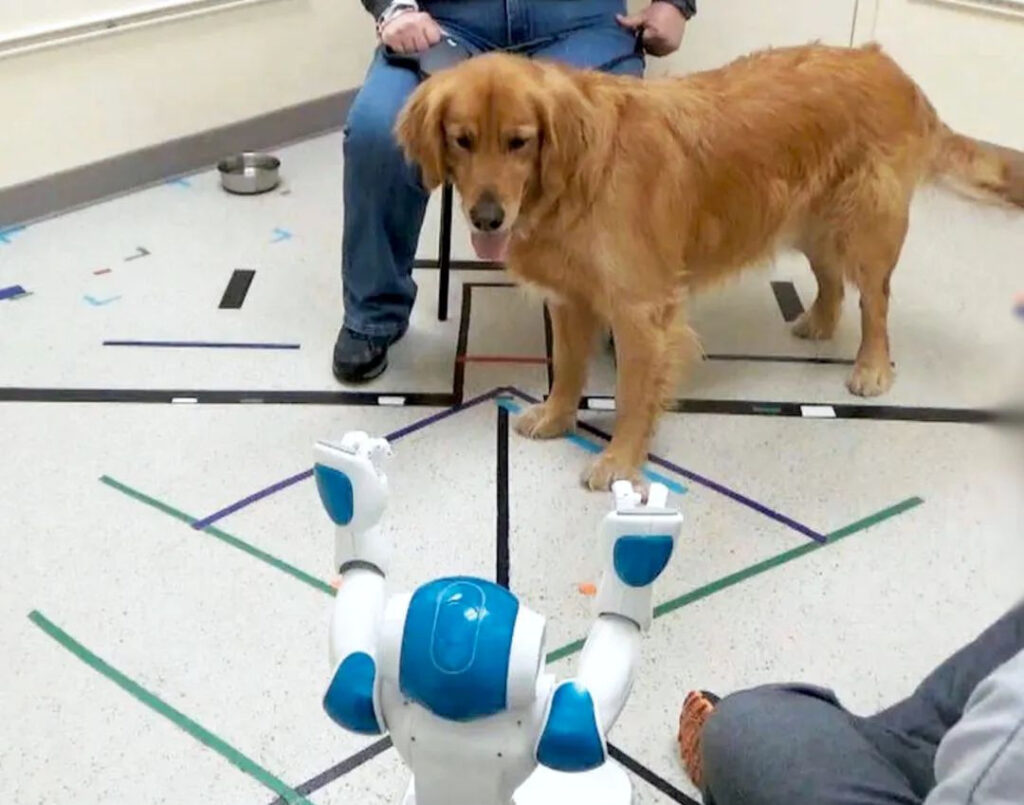
The Yale University Social Robotics Lab recently published a new study in IEEE's Spectrum. In the experiment, the commands given by the robot to the pet dog were more likely to make the dog obey than the commands given by humans to the pet dog.
Dogs are humans' most tacit animal companions, and they have amazing talents and training value in responding to human commands, cooperation, and collaboration.
Different types of dogs can undertake complex tasks in society, such as search and rescue, navigation, transportation, companionship, driving, guarding, and house demolition. So can they also understand and obey the instructions of robots?
Nowadays, some functional robots have entered daily household life.
For example:

There is also this:

It is not difficult to imagine that in the future, there will be richer and more diverse applications of robots in families and society.
So, can robots and animals interact like humans, or even get along with each other at a deeper level?
42 dogs and a robot published
In a study presented at the ACM/IEEE International Conference on Human-Robot Interaction (HRI 2020), Meiying Qin, a fourth-year doctoral student at Yale University's Social Robotics Lab, experimentally tested how dogs respond to robot commands.
This paper was recently published in IEEE's Spectrum magazine. (Paper link →https://spectrum.ieee.org/automaton/robotics/robotics-software/dogs-obey-commands-given-by-social-robots)
Listen to people, but prefer to listen to robots
A total of 42 dogs participated in the experiment, and 34 of them were finally selected as valid complete trials.
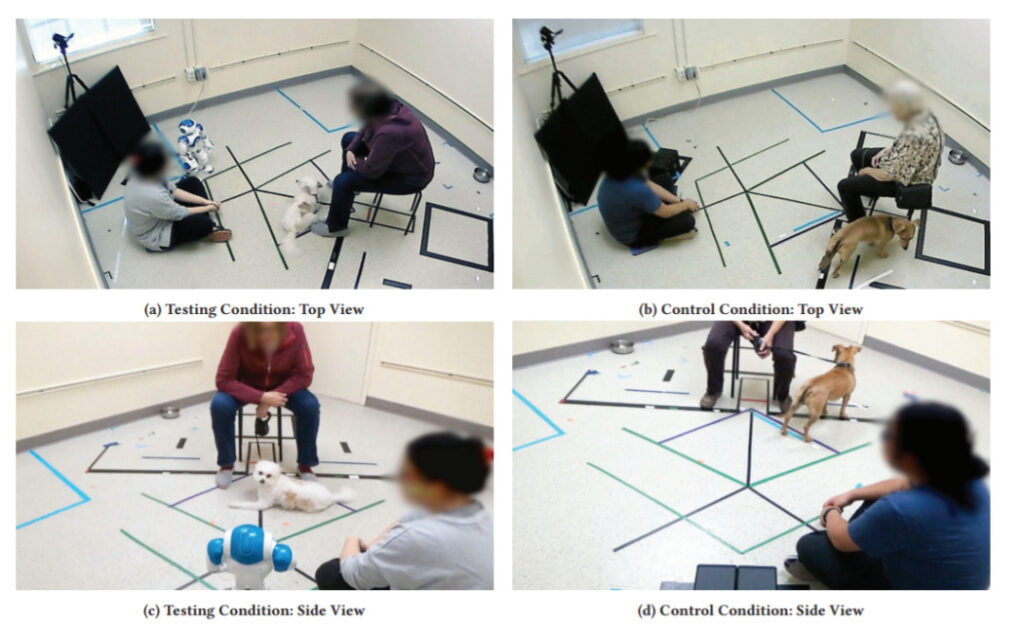
Phase 1:During the adaptation, the dog owner and the dog were brought into the room together by the experimenter, and the robot and the dog owner greeted each other under the test conditions to eliminate the dog's nervousness.
Phase 2:Test if the dog responds to the robot/speaker calling its name to see how the dog reacts.
Phase 3:Dialogue with the dog owner. At this stage, the robot/speaker conducts a conversation with the guardian for about five minutes.
Phase 4:The dog is provided with a food reward and the robot/speaker interacts with the dog by providing the food reward.
Phase 5:The robot/speaker gives the "sit" command. Test whether the dog follows the "sit" command given by the robot/speaker.
The results showed that the dogs responded and obeyed the robot's instructions much faster than the speaker.
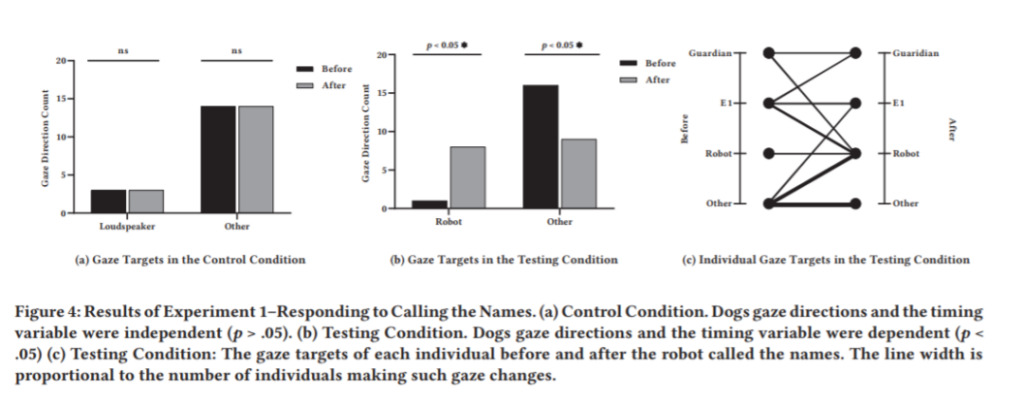
The dog obeyed all the commands given by the robot to 60%, but only obeyed the commands given by the speaker to 20%.
The conclusions of this study are:
1. The dog showed positive behavior towards the social robot;
2. Social robots can influence dogs’ behavior.
This study enhances the understanding of the nature of social interactions between humans and social robots from an evolutionary perspective.
The observed behaviors were: the dog perceived the robot as a human agent, the robot's behavior created command pressure on the dog, or the robot provided multimodal (i.e., verbal and visual) feedback that was more stable than human command instructions.
What is the significance of studying "robots" and "dogs"?
So what is the significance of this research?
Let’s first take a look at the author and her lab. The author is Qin Meiying (English translation), she graduated from Peking University with a bachelor’s degree in life sciences and obtained a double degree in psychology and computer science from the University of Toronto in Canada.
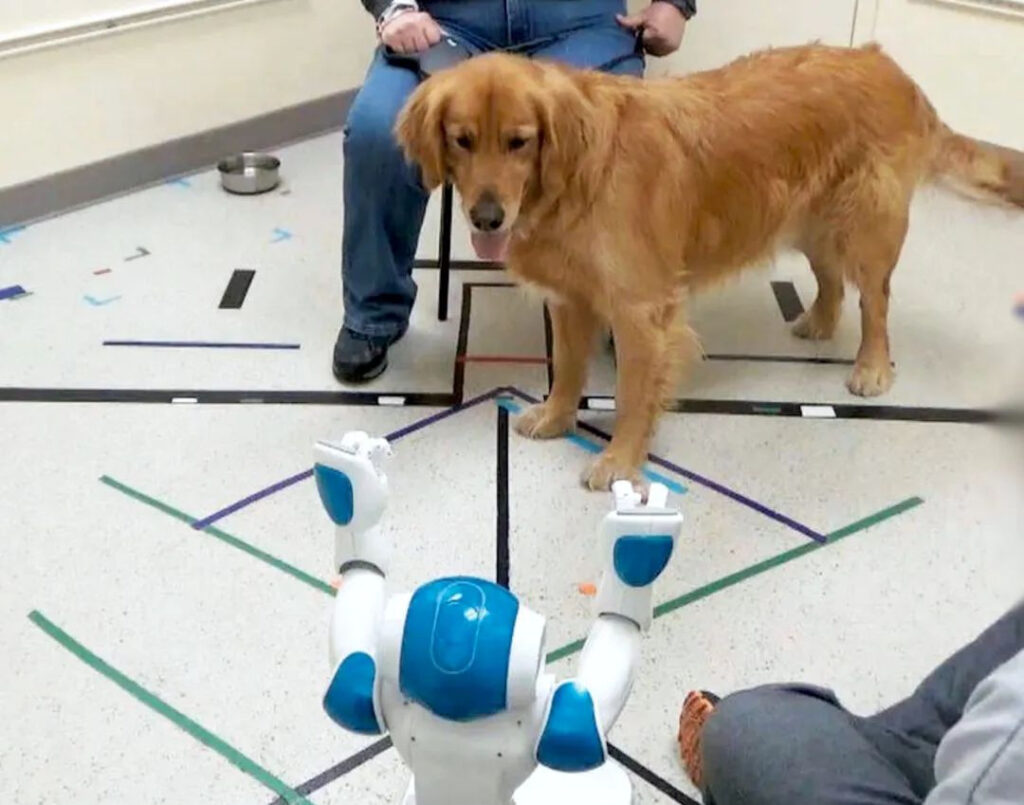
She is currently a PhD student at the Social Robotics Lab at Yale University, where her research focuses on human-robot interaction and animal cognition.How to design robots to be "pet-friendly" or even "pet-controlled" is the most important significance of this research.
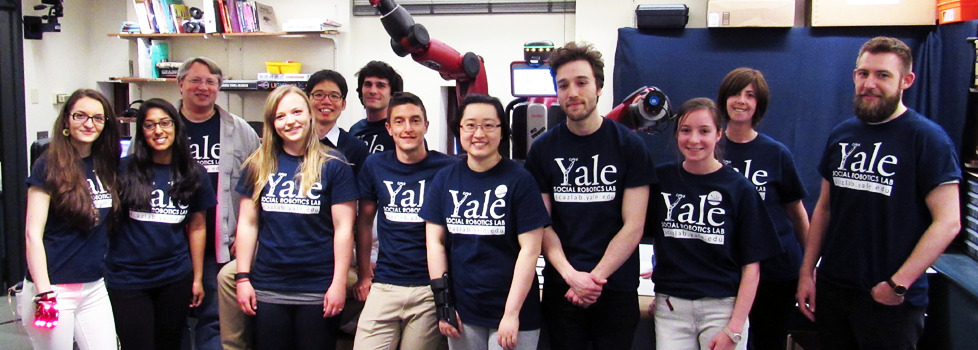
Recent photos of laboratory members (the author of this paper is in the C position)
As a well-known scientific research institution at Yale University, the Social Robotics (or Social Robotics) Laboratory combines psychology, sociology, anthropology and neuroscience with robotics science to focus on:
- Explore the boundaries of human social abilities by studying human-computer interaction;
- Use robots as experimental subjects to explore the development of social skills;
- Use social assistive technology to solve some social problems;
In addition to this topic, many interesting and cutting-edge topics have emerged in recent years, such as companion robots for autistic patients, adaptive family companion robots, interactive teaching robots for children, and so on.
Learn more about them → https://scazlab.yale.edu/
-- over--








